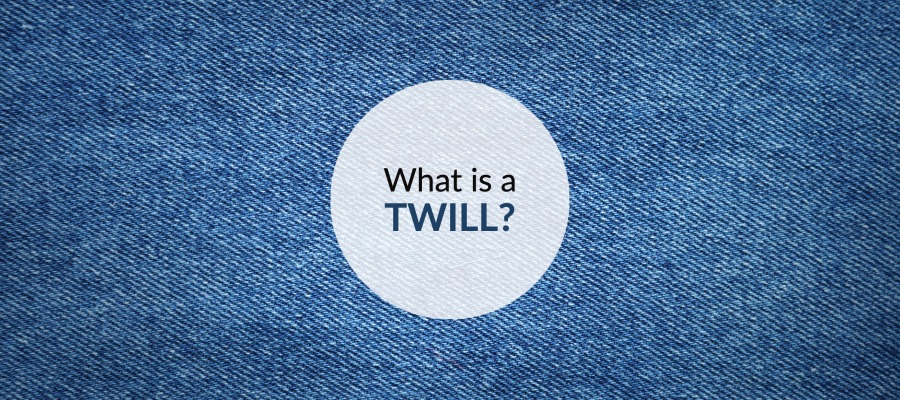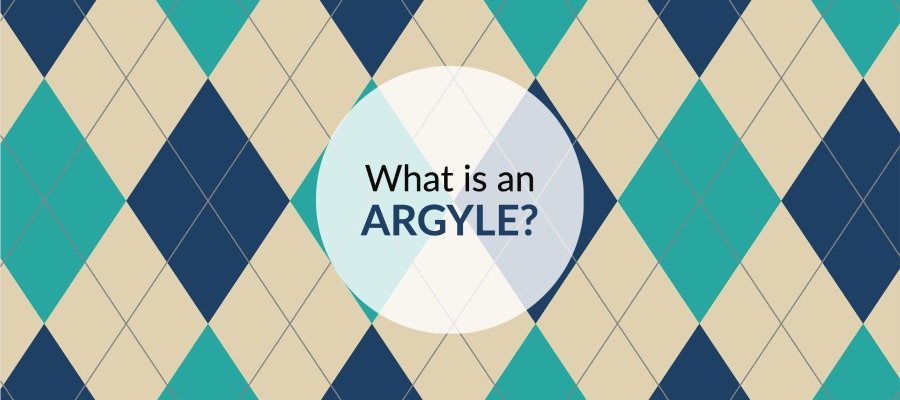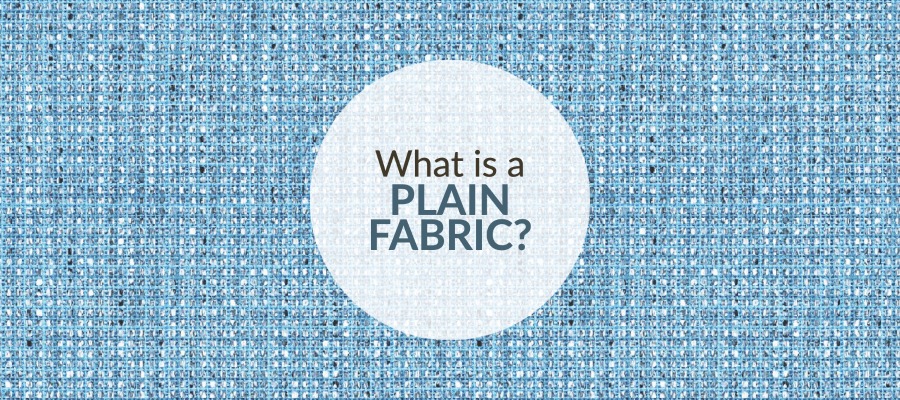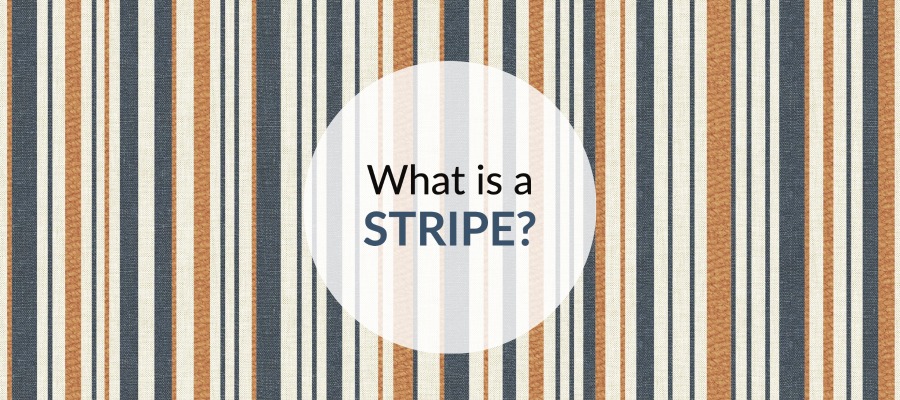
What is a Stripe?
Stripes truly are one of the most ubiquitous types of patterns. From the moment humans decided to make their everyday items decorative, they have been using stripes. While some people hear the word stripe and think of solid lines of color lined up next to each other, a stripe can be much more than that. The term itself refers to any type of motif lined up next to each other, not just solid blocks of color.
Stripe Layouts
In general, stripes have a motif lined up next to another motif. Stripes usually utilize one of two different types of repeats.
Mirrored
A mirrored repeat in a stripe refers to a balanced stripe whose elements are mirroring around a center point.
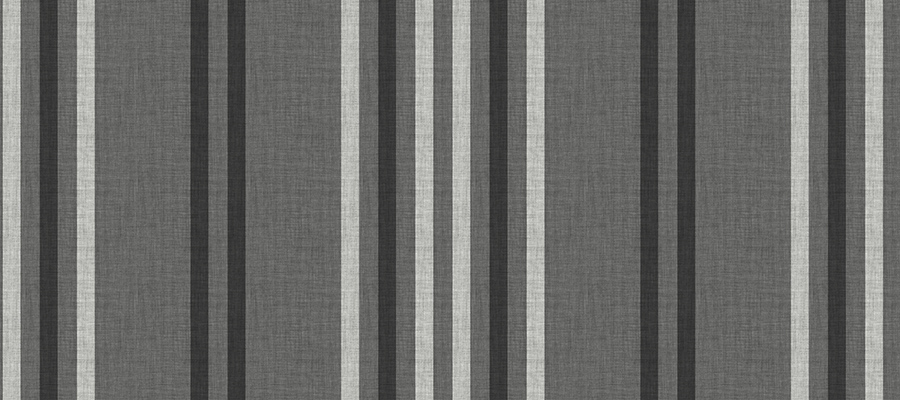
Non-Mirrored or Random
A non-mirrored or random stripe has a layout that is seemingly random, although it does eventually repeat. These do not reflect around a center point.
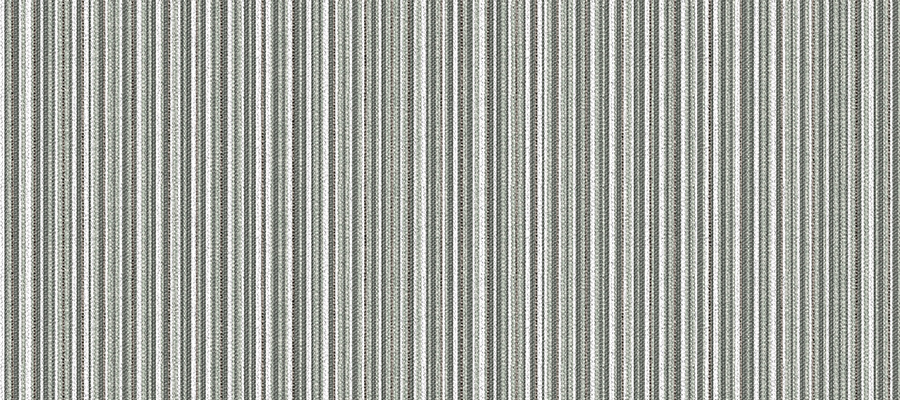
Stripe Styles
In the home furnishings and apparel industries, stripes come in many different styles. These styles often have different names and sometimes focus on particular industries, such as bedding or menswear. However, designers often play with these ideas and bring stripes into unexpected places or at unexpected scales.
Ticking Stripes
Ticking stripes get their name from ticking fabric, the fabric that covers a mattress. These stripes generally mirror around a center stripe and have smaller stripes on each side.
Undulating Stripes
Undulating, wavy, or serpentine stripes use curvy lines instead of straight ones. These stripes have a lot of movement and can be wavy to varying levels of steepness.
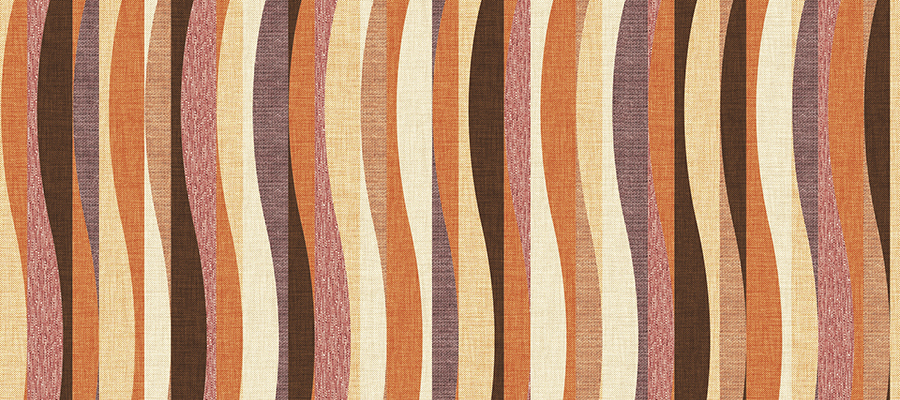
Awning Stripes
Awning stripes are bold stripes of wide blocks of color. They are often just two colors with a lot of contrast, such as red and white.
Textured Stripes
Textured stripes are not made of flat colors but rather interesting textures. In the case of woven fabrics, the stripes can be created by different weave structures or types of yarn. In a print, the designer may create the effect with textured graphics or blocks of texture and flat color.
Ombré Stripes
An ombré often creates a natural striping as color moves from one color to another or from light to dark.
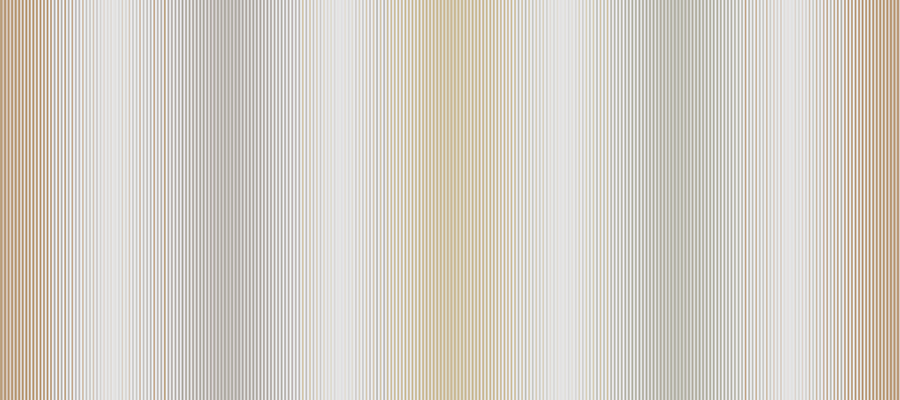
Suiting Stripes
Suiting stripes are typically created in woven cloth by weaving in subtle striping using different color yarns. There are many types of suiting stripes such as pinstripes and chalk stripes.
Find Stripes in the Design Pool Library
If you’re looking for a stripe, choose the stripe filter in our licensable library, and you’ll see all our patterns that include stripes. You’ll see stripes inside flowers, turned into big blocks, or created with organic shapes. That’s the fun with stripes. There are a lot of ways to use them for maximum effect.
To gawk at even more stripes, check out our Pinterest board. It’s full of them!
Share this post
Author
DESIGN/COLOR TRENDS AND AWESOME INFORMATION IN YOUR INBOX
Sign up for our monthly trend letter





